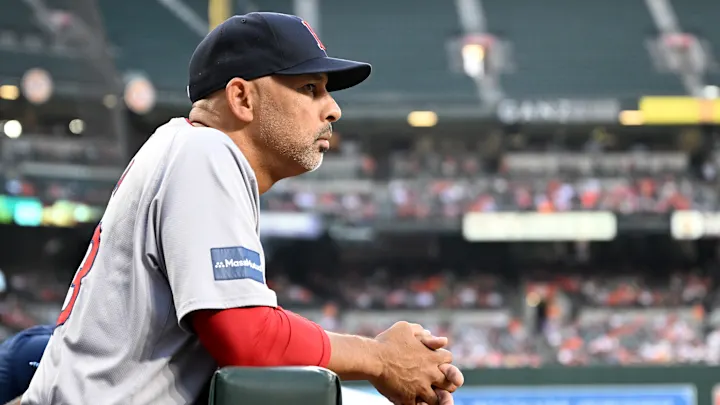Entering the 2024 MLB season, the Boston Red Sox faced modest expectations after a disappointing offseason, especially in a formidable AL East. Despite these low forecasts, the Red Sox managed to stay competitive in the AL Wild Card race from the outset, overcoming a series of injuries and maintaining a .500 record for much of the season. This encouraged Craig Breslow, the team’s general manager, to be active at the trade deadline.
Fans were optimistic that the Red Sox would make significant trades to address the roster gaps left from an underwhelming offseason. However, while Breslow did make moves, the acquisitions were far from transformative. Instead of securing high-impact players, the Red Sox acquired several individuals who did not have All-Star credentials, leading to a tepid response from the fanbase.
As a result, the team’s performance deteriorated significantly after the deadline. The Red Sox, who stood at 56-50 on trade deadline day, have since posted a dismal 19-25 record, which has dropped their season record to .500 as of Monday. This slump has effectively dashed their playoff hopes, making it highly unlikely for them to advance to the postseason without a series of favorable outcomes.

The impact of the Red Sox’s trade deadline decisions has become increasingly evident as the season progresses. Particularly detrimental has been one of their more controversial trades: the deal that sent Nick Yorke to the Pittsburgh Pirates in exchange for Quinn Priester. On the surface, this trade seemed logical; Boston needed pitching, while Pittsburgh was in need of hitting. However, the trade has not played out in Boston’s favor.
Nick Yorke had been performing well in Triple-A before the trade and has continued to excel in the Pirates’ system, boasting a .938 OPS in 40 games with Triple-A Indianapolis. In contrast, Quinn Priester, who was acquired to bolster the Red Sox’s pitching staff, has struggled with a 5.67 ERA over eight starts with Boston and has had a rough time in the minor leagues as well. Priester’s performance has been lackluster, with a 6.46 ERA in 20 MLB appearances, including a 5.04 ERA this season.
Yorke is emerging as a promising prospect for the Pirates, potentially becoming their future second baseman, while Priester’s chances of making a significant impact with the Red Sox seem slim. The 24-year-old Priester’s inconsistent performance and injury issues further complicate his prospects.
In addition to the Yorke trade, other deadline acquisitions have not fared well. James Paxton, the sole starting pitcher acquired, made only three starts before suffering a season-ending injury. Other pitchers like Luis Garcia and Lucas Sims have been ineffective, with ERAs of 10.32 and 8.10, respectively, and both have been injured since late August. Meanwhile, Danny Jansen, another trade addition, has underperformed, hitting under .200 with a .653 OPS in 26 games.
The failures of these trades, combined with the team’s overall struggles, have highlighted the Red Sox’s missed opportunity at the trade deadline. Instead of making impactful moves that could have changed their trajectory, the team’s decisions have contributed to their decline and intensified the frustration among fans and analysts alike.
